Having lived in and around New Orleans my entire life, I’ve celebrated Carnival and Mardi Gras in New Orleans in a variety of ways. These Carnival-related tidbits will get you in the spirit of the season, no matter where or when you’re reading this.
(This post was originally published in February 2019; I updated it on March 1, 2022, on Fat Tuesday morning. After the pandemic caused the cancellation of festivities in 2021, this year the celebration is in full swing. It’s great to see the streets of New Orleans come alive with the one-of-a-kind joy that Mardi Gras brings!).
1. “Carnival” lasts for a season; “Mardi Gras” in New Orleans is only one day.
Every year, carnival season starts on January 6, the Christian feast day of the Epiphany. Celebrations pick up steam as the season progresses. The season culminates with a day-long frenzy of feasting, drinking, and street-partying on “Fat Tuesday,” or Mardi Gras day. Mardi Gras is a fluctuating date, but it is always the Tuesday before Ash Wednesday, or 47 days before Easter Sunday. Because the actual date of Mardi Gras fluctuates every year, the actual length of Carnival season varies. Here are some future dates:
Mardi Gras 2020: Tuesday, February 25
Mardi Gras 2021: Tuesday, February 16 – the pandemic caused the cancellation of Mardi Gras festivities
Mardi Gras 2022: Tuesday, March 1
Mardi Gras 2023: Tuesday, February 21
Mardi Gras 2024: Tuesday, February 13

2. There’s no one way to enjoy Carnival and Mardi Gras.
From lunching with friends in the French Quarter, to gazing at flambeaux carriers in a night parade, to catching throws, to soaking in the ambience of a parade route during a lull, Carnival season offers a multitude of opportunities to step outside of daily life and savor the moment.
Celebrations take on different flavors in different areas of the city. For example, the French Quarter typically isn’t child-friendly and if you’re looking for racier celebrations, you might not want to be in the genteel blocks of Saint Charles Avenue or in the Jefferson Parish suburbs, where parties are family-friendly and most people remain clothed.
Also, while chaos and revelry rule during Carnival, parades

3. During Carnival, King Cakes are…ubiquitous.
Like turkey and gumbo at Thanksgiving, since the very beginning of Carnival in New Orleans, Carnival celebrations have had king cakes. They’re traditionally oval shaped. The taste is similar to a cinnamon-flavored coffee cake. For me, the best are not too sweet, with a little icing, but not too much. Sometimes the cakes are stuffed with fillings such as cream cheese or Bavarian cream.
Locals are passionately opinionated about which bakery has the best king cake; the topic is a great conversation starter with just about anyone. If you’re sitting somewhere far removed from Mardi Gras in New Orleans and thinking “I want to try one
Other vendors include: Antoine’s Famous Cakes in Metairie (Antoine’s was always one of my favorites – the cream cheese flavor is fantastic, if you like super moist cakes with lots of icing); and HiDo Bakery in Gretna (HiDo is definitely worth the trip to the West Bank; the cake filled with Bavarian cream is wonderful).

4. The history of Carnival in New Orleans is fascinating.
Different cultures celebrated Mardi Gras long before New Orleans was founded. However, locals typically claim that New Orleans is the first place to hold the celebration in the United States, despite the argument waged by our Gulf Coast neighbors in Mobile, Alabama.
The Historic New Orleans Collection offers Mardi-Gras themed tours at their gallery on Royal Street. The “Rites, Rituals, and Revelry” exhibit provides a fascinating walk through Louisiana history galleries, with a focus on the evolution of the city’s carnival traditions. The tour includes a discussion of Carnival traditions through the French and Spanish colonial period. It also has a discussion of modern traditions, including the Krewe of Orpheus, which was founded by Harry Connick, Jr., and (as the organization’s website says) is open to “all men and women of good character and spirited personality.” Check out the HNOC site for more information.
5. Throws make New Orleans-style parades an interactive experience.
What’s a throw? It’s anything that a parade rider throws into the crowd of parade goers. If you’ve been to a New Orleans-style parade, you know that a throw is better when it is plural, as in throws, which translates to piles and piles of brightly-colored loot. Individual throws usually aren’t worth much in terms of dollars and cents, but during a Mardi Gras parade, a good throw is priceless.
Throws make the parades an interactive experience. Parade-goers don’t simply watch a parade. Parade-goers raise their arms high in the air, yell and scream for attention from float riders, and lunge for throws. Locals learn to do this at a young age, from precarious perches on top of ladders, where we’re taught to yell and scream, “throw me something!”
Most parades throw strands of beads. When I was a kid, doubloons were a big deal. More recently, go-cups are a hit with the crowds. Individual parades have various “signature” throws, whether it’s a decorated shoe from Muses or a coconut from Zulu. On Mardi Gras morning, it’s exhilarating to make eye contact with a rider in the Krewe of Zulu, chase his or her float when beckoned, and dodge people in the crowd to grasp a glitter-covered coconut. The Historic New Orleans Collection provides this account of the history of Mardi Gras throws.
I love to go behind the scenes to the stores that supply throws to the riders. One of my favorites is Jefferson Variety (photos above), a one of a kind store that sells throws and all the glitter needed for a great Mardi Gras costume.

6. Flambeaux carriers are a spectacle within a spectacle.
Imagine this: It’s a dark, chilly night. You’re at your very first night parade. You’re young enough to be amazed by almost everything — oversized horses that are within touching distance, bands that march 100 musicians, and double-decker floats with masked riders. You’re elbow to elbow with others, standing in throngs of people who line both sides of Saint Charles Avenue for as far as you can see. As the crowd moves and swells, you’re pushed a little forward, over the imaginary boundary line that the nearby police officer seems to have drawn on the street. The officer scowls. Your father grasps your shoulders and pulls you back, so that the backs of your tennis shoes touch the curb.
There’s a lull in the parade, but you know more is coming because you can bend forward a bit and look down the street. About a block away, a haze of smoke swirls and drifts upwards, winding through twisted branches of oak trees that line the Avenue. An eerie light glows and undulates. It isn’t the streetlights. It isn’t the light bulbs that line the parade’s floats. It’s fire, and it’s coming towards you.
Your heart races, but you’re the only one who seems worried that the street is now filled with fire. Others cheer. They reach into their pockets and the air is suddenly filled with the sound of clinking coins hitting the pavement.
A fire carrier reaches you. He’s wearing white, with a white mask. He’s carrying a torch, holding it high overhead. There’s a can, filled with something dripping. He’s…dancing, with graceful moves that you never would’ve imagined could be made by someone who was carrying fire. There’s more than a dozen men, just like him. They’re swooping and bending with an easy gracefulness as they pick up money. Your father presses a handful of coins into your hand. He says, “They’re flambeaux carriers, and they’re working for that money. Throw.”
My first vision of flambeaux carriers happened something like that. Today, we don’t throw coins — we hand $1’s, $5’s, and $10’s (or more) to the carriers. I was amazed back then, and

7. Mardi Gras in New Orleans provides great walking opportunities.
To make up for all the king cake during Carnival season, I like to get to parades early, and walk bits of the route. The streets are cleared of traffic, and there are plenty of sights along the way. On one of my best Mardi Gras days ever, we lived in the French Quarter. We gathered with friends at Jackson Square around 6:30 a.m., and started walking towards the Uptown parade route. We reached Canal Street and headed towards Saint Charles Avenue, drinking and snacking along the way. We soaked in the sights and ran into friends along the route. We cheered for throws from the Krewe of Zulu and then, as the Krewe of Rex passed, we made our way back to the French Quarter and roamed the streets all day.
8. In Concierge, A Black Raven Novel, I imagined a dark side to the carnival frenzy
As much as Carnival is about merriment and revelry, something about it is just plain scary. We’re accustomed to seeing metal detectors at public gatherings now, but at Mardi Gras, there’s no way to screen the crowds. Because of safety concerns, several of my friends haven’t been to the French Quarter during carnival season in years and wouldn’t dream of attending a downtown night parade.
Except when the pandemic caused the cancellation of carnival festivities in 2021, New Orleans is packed with crowds during the two weeks prior to Mardi Gras. Streets are blocked for hours before, during, and after parades. There are also unplanned and unpredictable traffic interruptions, as floats are moved from dens to parade routes. As Fat Tuesday draws near, it is nearly impossible to get anything done on a schedule. Trying to have a routine work day? Forget about it! There’s no such thing as normalcy in the days and weeks before Mardi Gras.
When I conceptualized Concierge, I thought of the vulnerability of people who make up these crowds. I was also inspired to write a story that was set in the French Quarter. Naturally, I thought of the Carnival frenzy that builds as Mardi Gras approaches, when law enforcement officials focus on crowd control and safety issues, and parades use enormous amounts of law enforcement man power.
In Concierge, the sheer inconvenience of Carnival season becomes an obstacle for the characters as the story unfolds, from barricaded
If you love a really suspenseful, multi-layered, novel filled with real world underground activity and heroic characters, you will love Concierge… It is hands down the best suspense filled book I have ever read, with an ending and plot twist that I didn’t see coming.
–Chick Lit Cafe
What’s your favorite thing about Mardi Gras? Have any tips for Mardi Gras in New Orleans that I’ve missed? If so, I’d love to hear from you in the comments below. Thank you for stopping by my site!

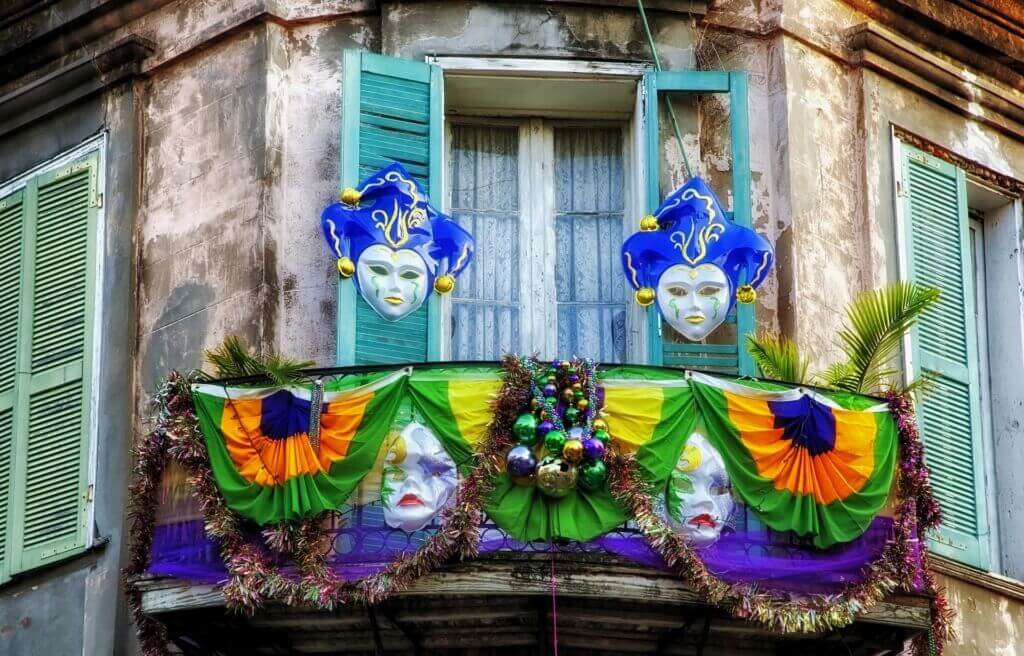
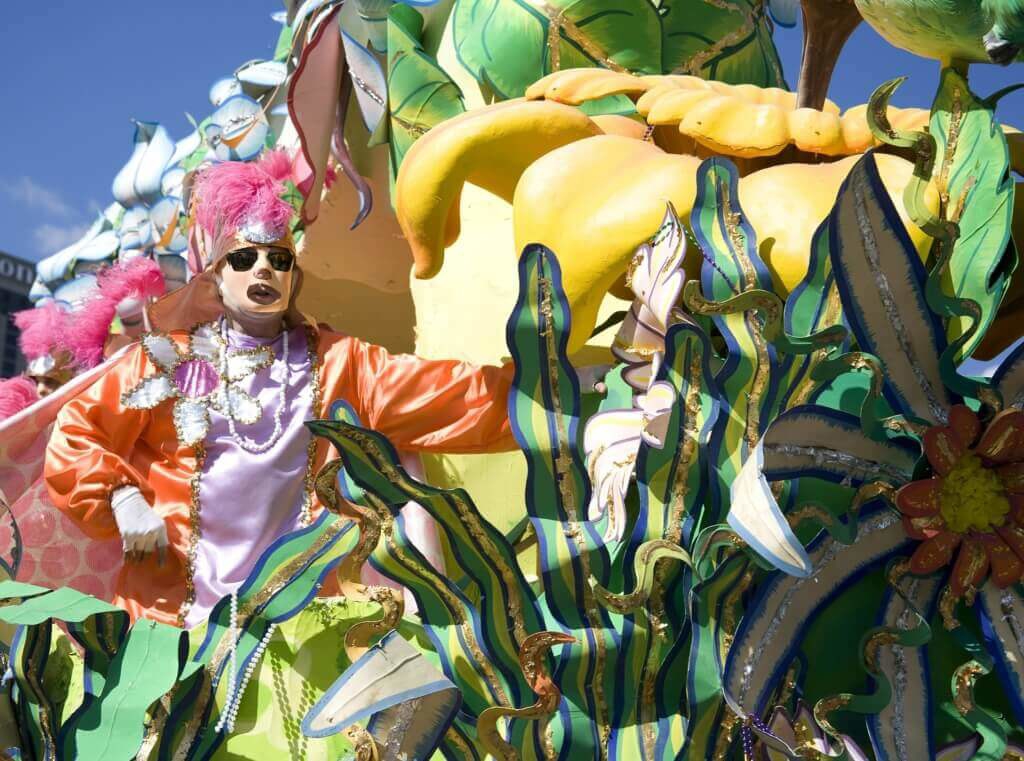
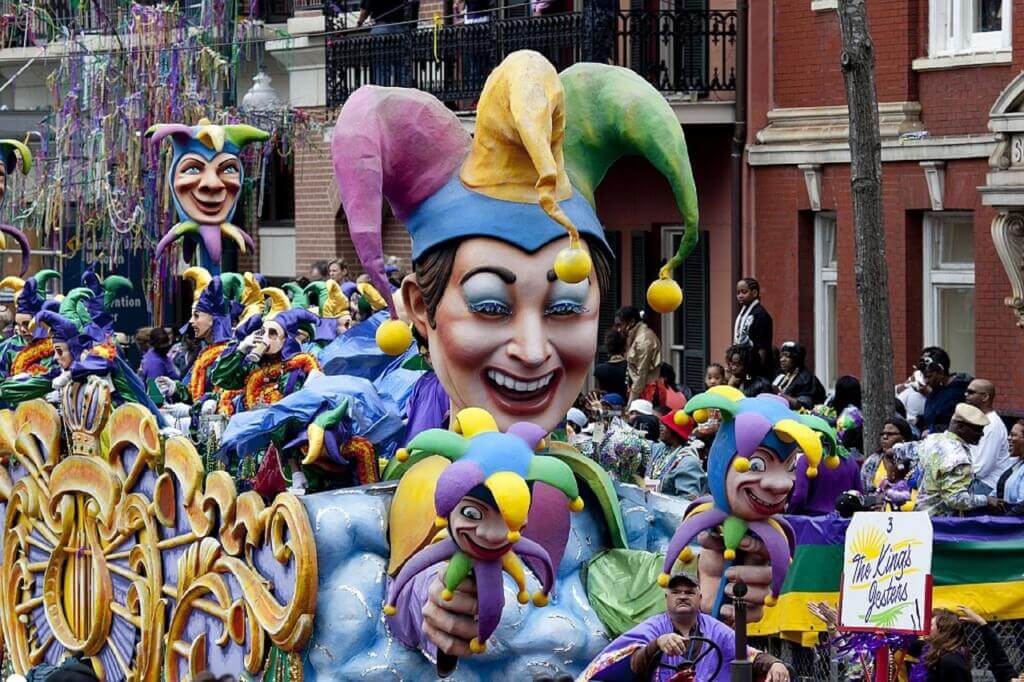
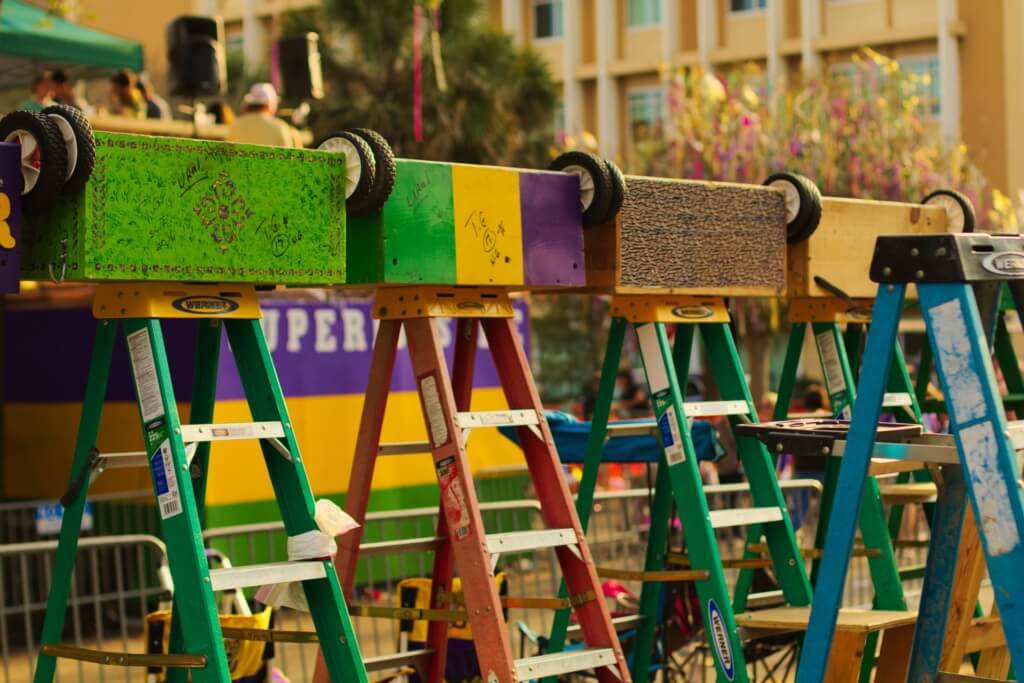
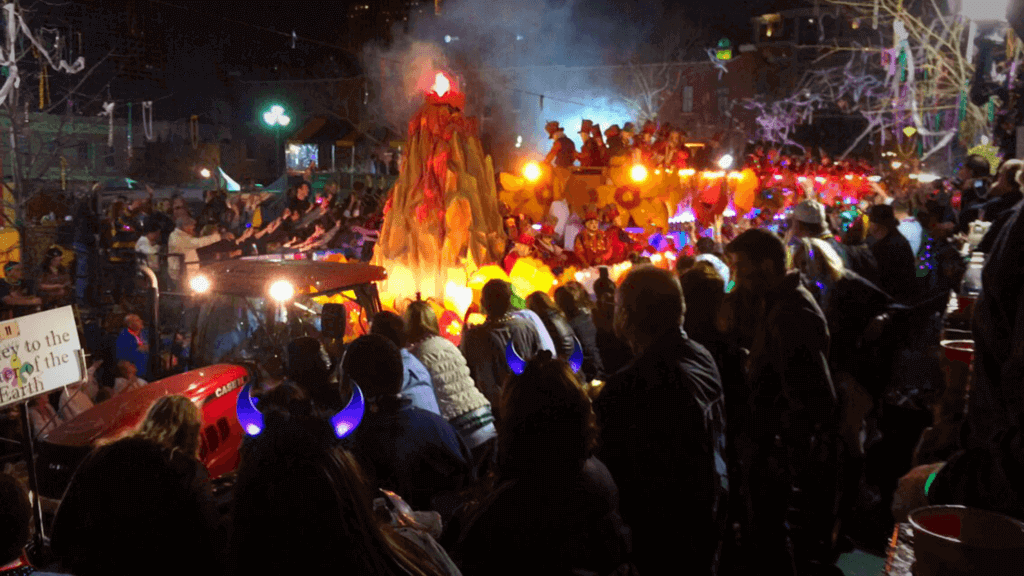
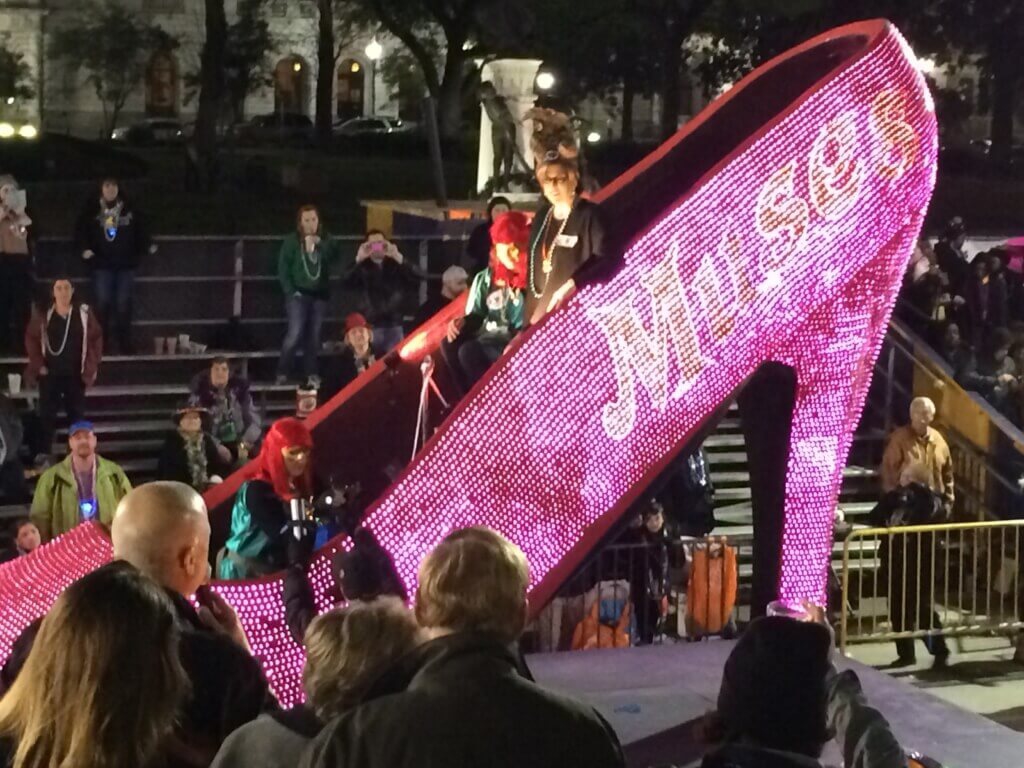
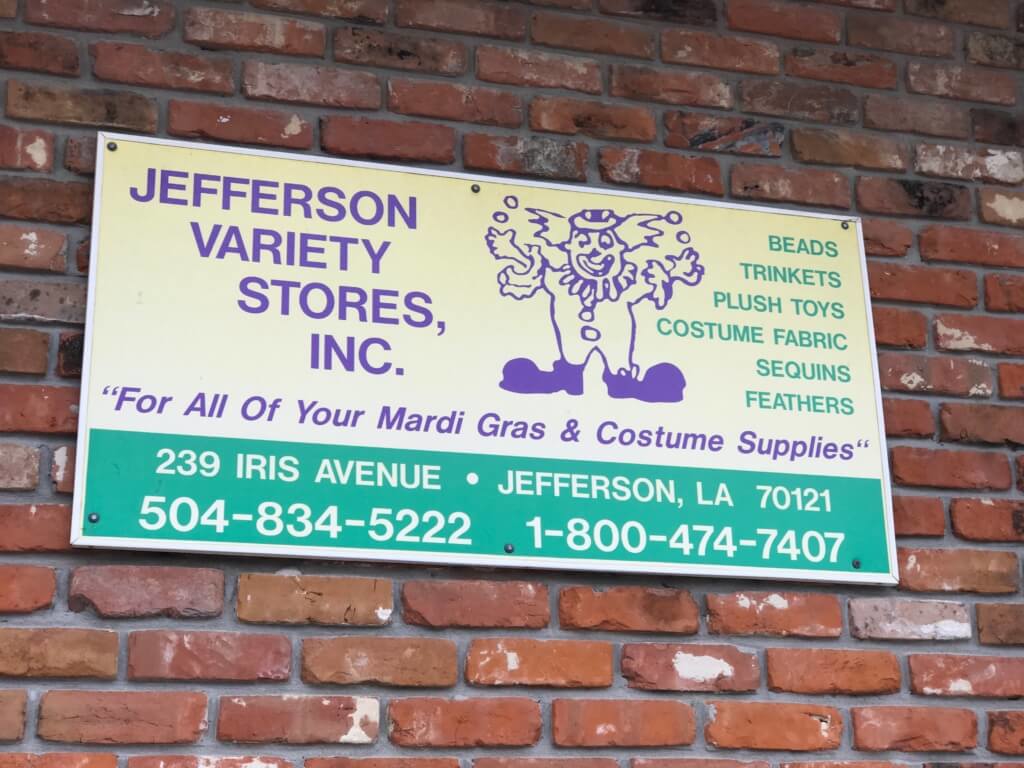
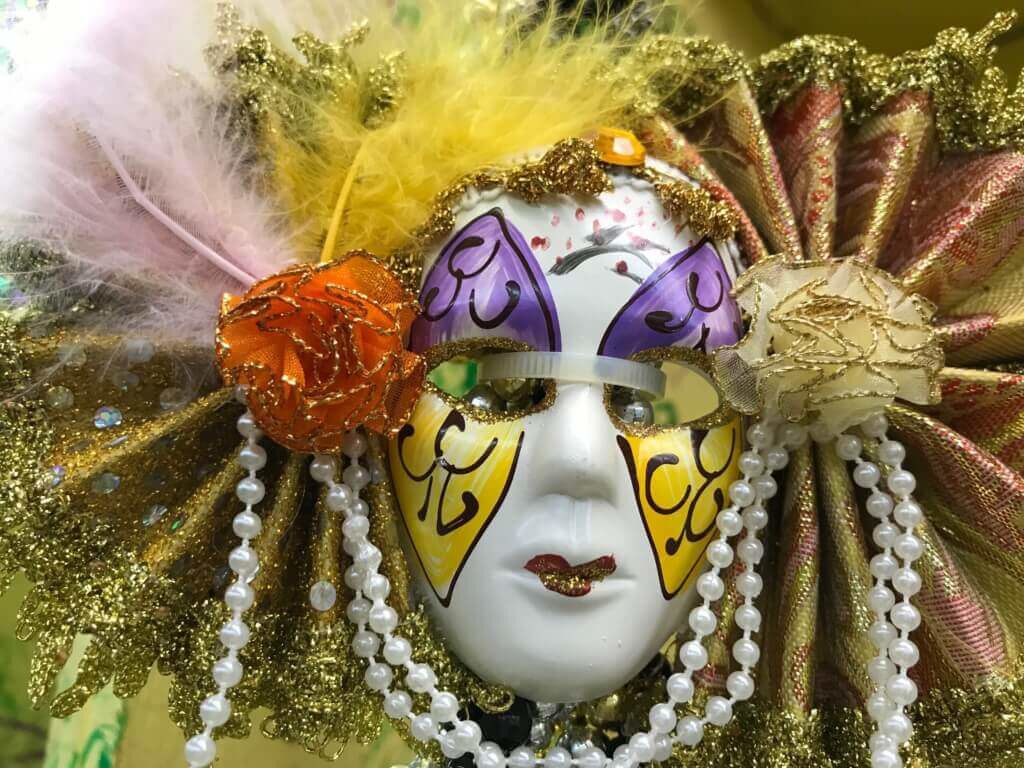
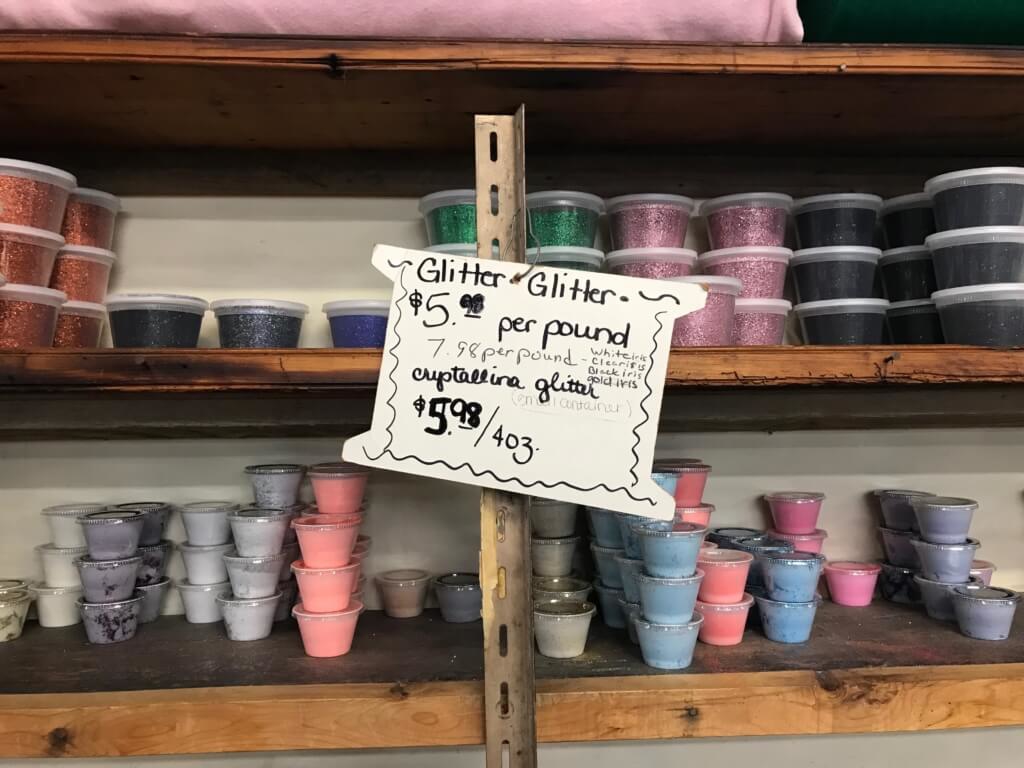
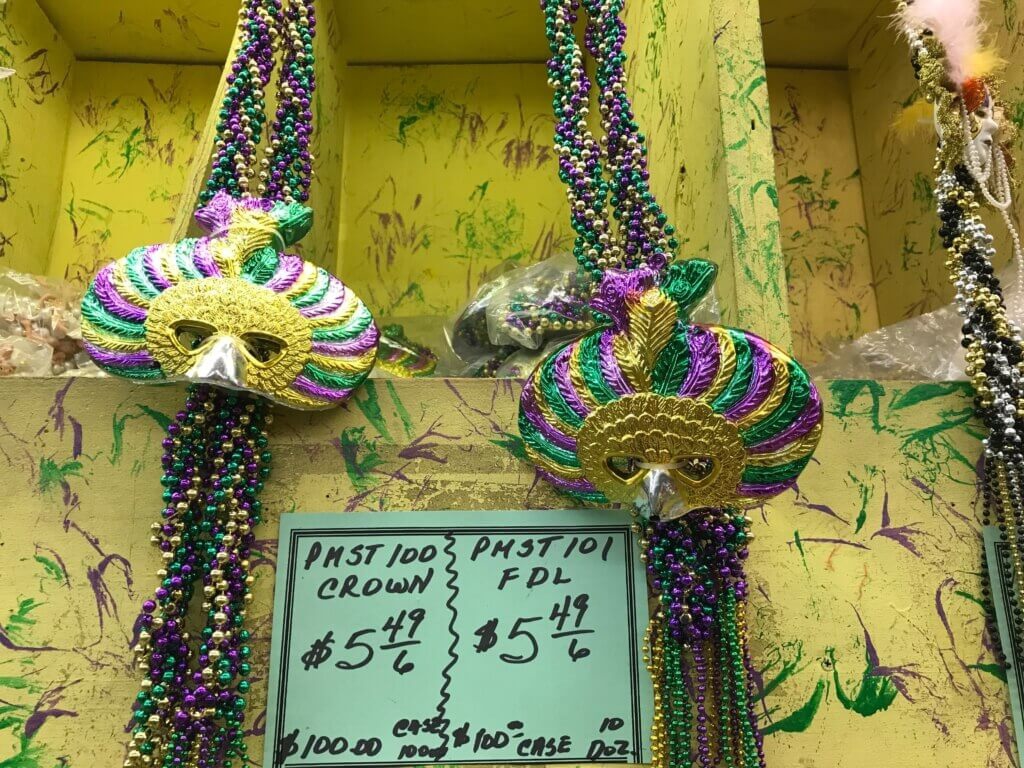
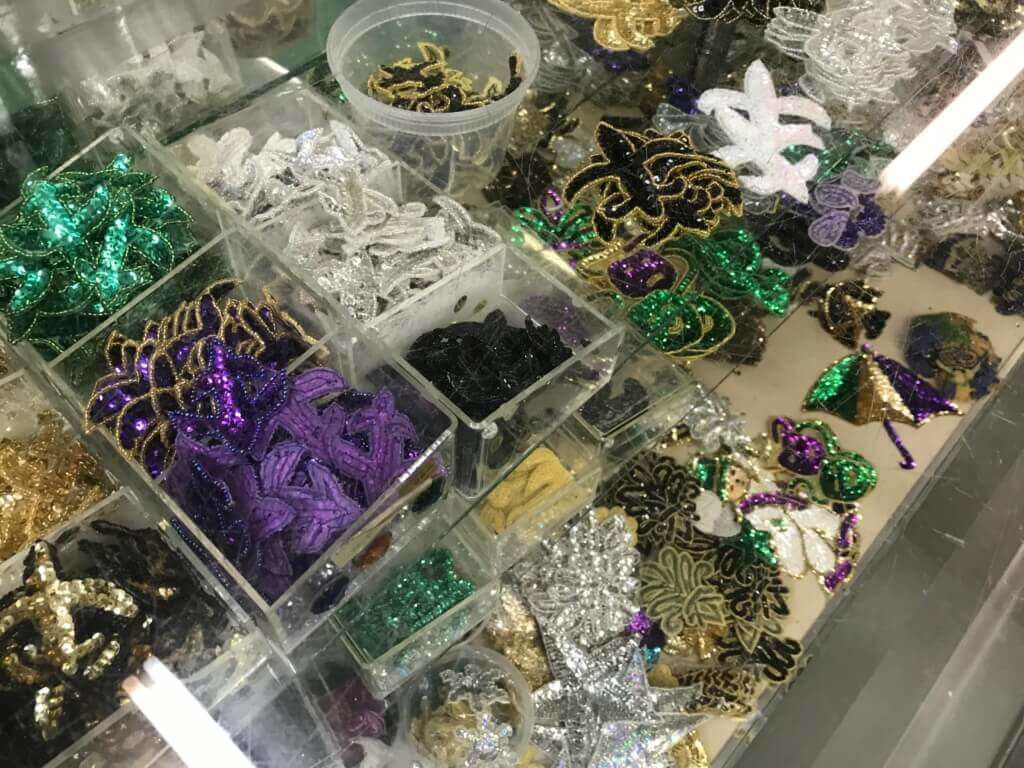
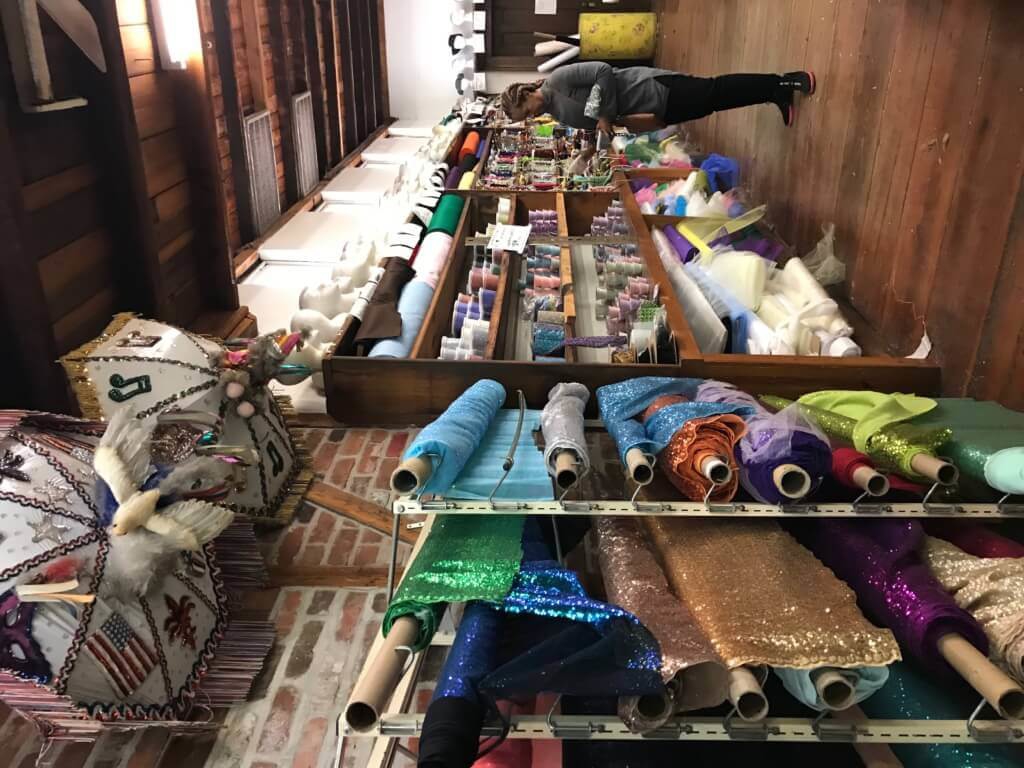
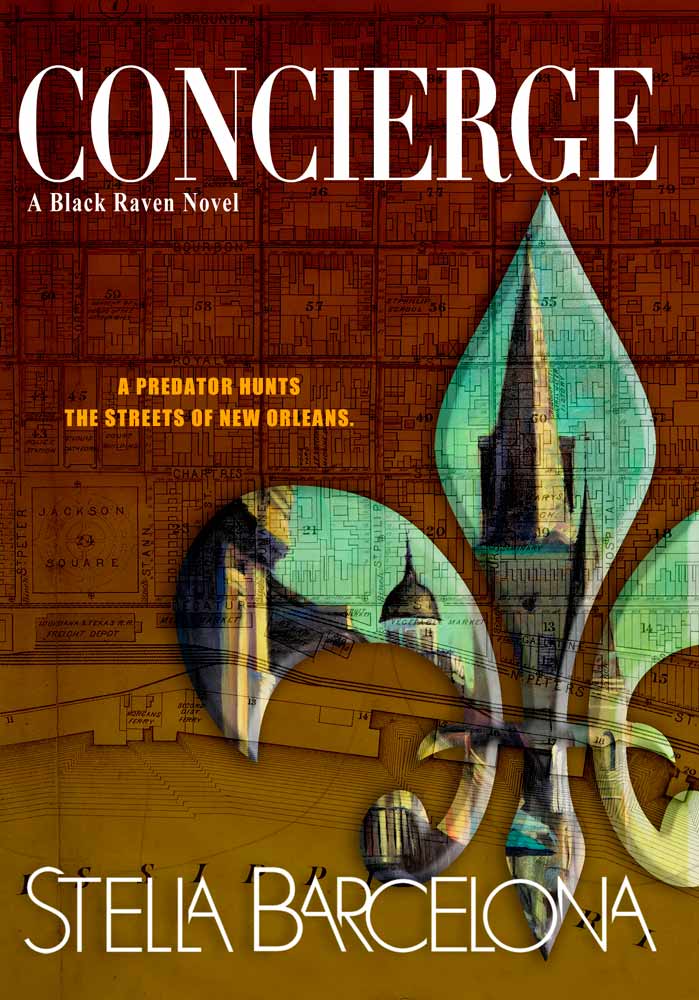
1 Trackback